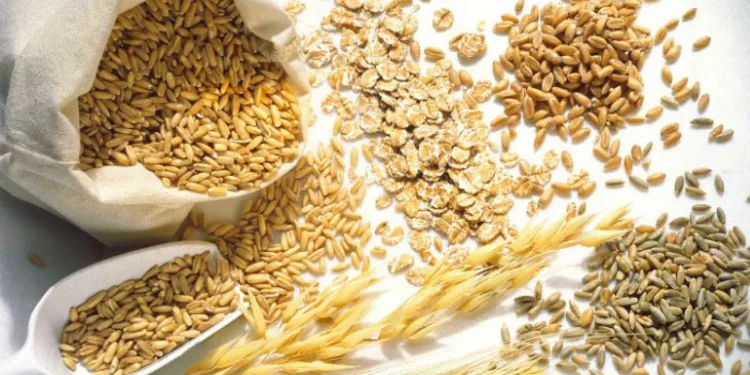Analyzing Recent Trends in Global Grain and Oilseed Prices
The agricultural commodity markets are experiencing notable fluctuations as global economic factors continue to exert pressure on prices. On August 9, 2024, significant movements were observed in various key markets, particularly affecting wheat, corn, soybeans, and oilseeds.
Global Market Overview
The MATIF rapeseed market firmed by another 2 percent, reflecting a steady demand in the European market. However, U.S. futures experienced a slight decline, with most contracts easing by less than 1 percent. The Chicago December 2024 wheat contract closed down by 0.5 cents per bushel, settling at 561.5c/bu, while Kansas December 2024 wheat dropped by 3.5c/bu to 568.75c/bu. Similarly, Minneapolis December 2024 wheat also saw a decrease, closing at 605.25c/bu.
In the European markets, MATIF wheat for December 2024 delivery increased by €2/t to €226.50/t, signaling a divergent trend compared to the U.S. market. Corn futures in December 2024 fell by 3.75c/bu to 397c/bu, and November 2024 soybeans dropped by 10.5c/bu to 1008.25c/bu. On the other hand, Winnipeg canola for November 2024 saw a modest increase of C$2.40/t, closing at $597/t. MATIF rapeseed for November 2024 also surged by €9/t, reaching €469/t.
Economic Factors Influencing Markets
The agricultural markets are largely observing the broader economic shifts from the sidelines. The recent volatility in global financial markets, triggered by Japan’s carry trade adjustments and speculations about an impending recession, has raised concerns across various sectors. Despite these concerns, agricultural commodities have shown some resilience, with less drastic declines compared to other sectors.
Historically, agricultural commodities have been sought after during periods of global financial instability as nations prioritize food security. This pattern was evident during the 2008 financial crisis when emerging markets significantly stockpiled wheat, driving prices to record highs. However, the current economic environment, influenced by post-COVID liquidity injections and rising inflation, presents a unique set of challenges.
Regional Market Insights
In Australia, canola markets in Western Australia saw gains, with prices reaching A$780/t FIS for non-genetically modified varieties, although GM canola remains discounted by $75/t. New crop wheat bids remained steady in the $375/t to $380/t FIS range depending on the port zone, while feed barley was trading at approximately $325/t.
Eastern Australian markets also witnessed improvements, particularly in canola, with bids increasing by $25/t to $705/t track. Nearby cereal demand in southern markets also showed a slight uptick, indicating a positive outlook for regional farmers and producers.
Looking Ahead
As global economic dynamics continue to unfold, agricultural markets will likely remain sensitive to broader financial trends. The upcoming USDA WASDE report, set to be released on August 12, 2024, will provide further insights into global wheat production estimates, particularly with Stratégie Grain recently cutting the EU wheat production estimate to 116.5Mt, driven by the lowest French crop since 1986.
With Argentina facing disruptions due to an ongoing oilseed industry union strike, affecting shipments of soyoil and meal, the global supply chain may experience further strain, adding another layer of complexity to the already volatile market landscape.
Error




